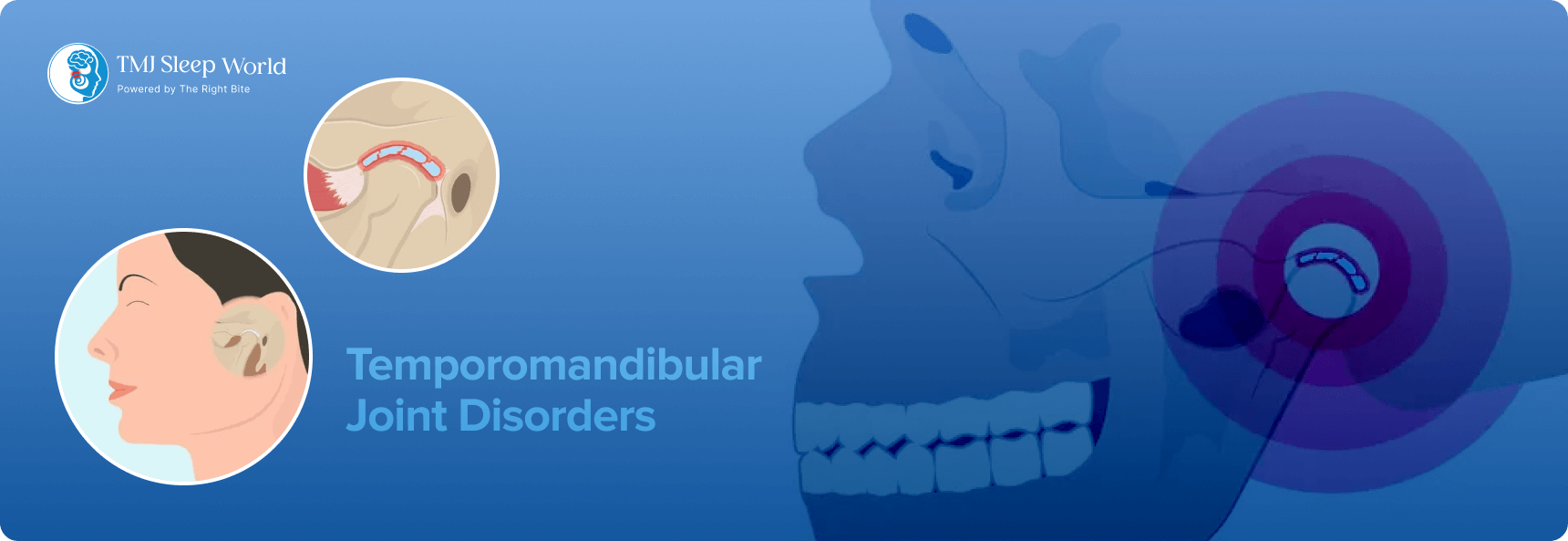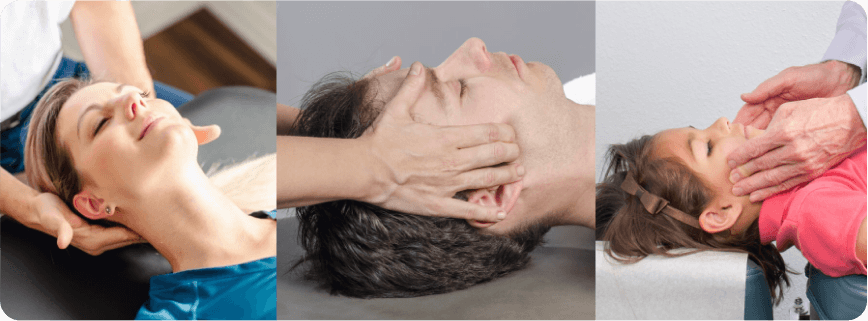
What is Temporomandibular Joint Disorder?
Temporomandibular, is also pronounced as tem-puh-roh-man-DIH-byuh-luhr joint disorder and abbreviated as TMJD. It is a condition where the temporomandibular joint functions as a hinge attaching the bone of the jaw to the skull. These disorders cause a lot of pain and irritation, to the muscles controlling your jaw movement, hampering its primary functions. A study by ResearchGate on a few individuals aged between 18-24 years shows that some form of TMJ disorder was seen in around 45 per cent of the patients with TMJ problems.
The temporomandibular joint is found below the skull endings at the sides and is commonly referred to as, TMJ which helps in functions like chewing and talking.

While we do not exactly know the origin of these disorders, temporomandibular jaw disorders arise with a lot of discomfort and pain in the jaw and muscle structure. A few causes may arise from:

For severe symptoms, it is best to visit your dentist with facilities to treat symptoms of TMJ syndrome. If the required facilities are not available, you can visit a specialized clinic, such as TMJ Sleep World, or consult a TMJ specialist in Dubai. These types of clinics provide the treatment meticulously, including steps like:

Take Action Today
TMJ affects almost everyone, but in a different way for each one. It may persist for a long time or go away within a week or two. There are no standard diagnoses as each case is different from the other. However, visiting a temporomandibular joint clinic like TMJ Sleep World for your temporomandibular joint dysfunction therapies is advisable as they conduct a thorough examination and recommend a way forward accordingly, to lead a peaceful lifestyle.
Share this Article
Reach Out to Us
WhatsApp us